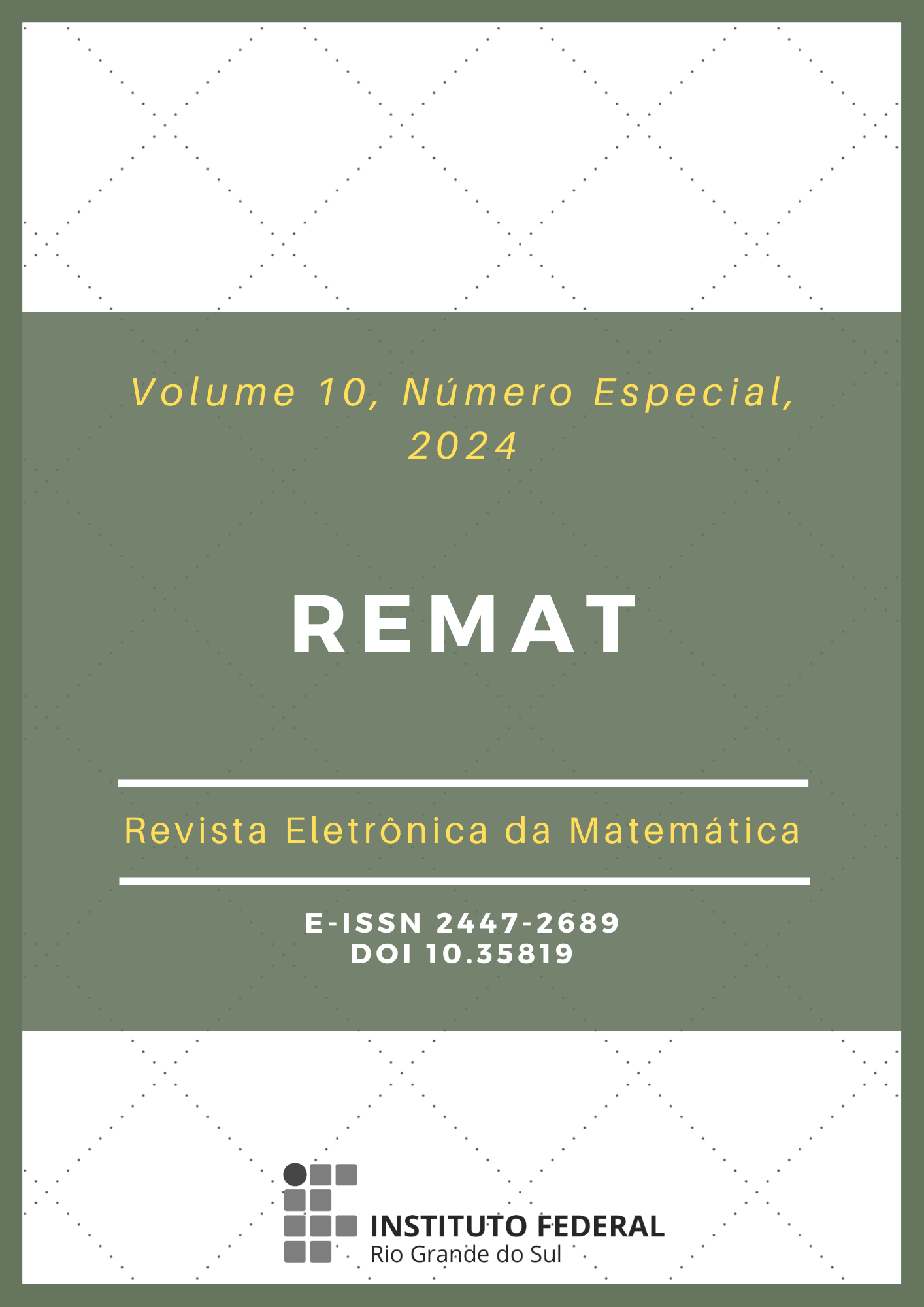The non-equivalence between shadow prices and dual variables
DOI:
https://doi.org/10.35819/remat2024v10iespecialid7051Keywords:
duality, economic interpretation, shadow prices, linear programming, degenerate optimal solutionAbstract
In the context of economic interpretation applied to linear programming problems, the concept of shadow price associated with the i-th constraint is explored, indicating the change in the objective function when the resource b_i of that constraint is modified by one unit. This impact reflects on the i-th dual variable w_i. In problems with non-degenerate primal optimal solutions, there's an established relationship between the shadow price of the i-th constraint and the i-th dual variable w_i. However, in scenarios with degenerate solutions, this relationship may be invalid. The purpose of this study is to conduct a detailed analysis of this dynamic and present two methodologies to compute the correct shadow prices in linear programming problems with degenerate primal optimal solutions. Using an example problem proposed by Strum (1969) that exhibits degenerate solutions, it demonstrates the non-equivalence between dual solution and shadow price. In the end, the correct shadow prices of the problem are determined by employing the strategies outlined in the article.
Downloads
References
AKGÜL, M. A Note on Shadow Prices in Linear Programming. Journal of the Operational Research Society, [S. l.], v. 35, n. 5, p. 425-431, 1984. DOI: https://doi.org/10.1057/jors.1984.83.
GAL, T. Shadow prices and sensitivity analysis in linear programming under degeneracy. Operations Research Spektrum, [S. l.], v. 8, p. 59-71, 1986. DOI: https://doi.org/10.1007/BF01719736.
STRUM, J. E. Note on ``Two-Sided Shadow Prices. Journal of Accounting Research, [S. l.], v. 7, n. 1, p. 160-162, 1969. DOI: https://doi.org/10.2307/2490273.
Downloads
Published
Issue
Section
License
Copyright (c) 2024 REMAT: Revista Eletrônica da Matemática

This work is licensed under a Creative Commons Attribution 4.0 International License.
REMAT retains the copyright of published articles, having the right to first publication of the work, mention of first publication in the journal in other published media and distribution of parts or of the work as a whole in order to promote the magazine.
This is an open access journal, which means that all content is available free of charge, at no cost to the user or his institution. Users are permitted to read, download, copy, distribute, print, search or link the full texts of the articles, or use them for any other legal purpose, without requesting prior permission from the magazine or the author. This statement is in accordance with the BOAI definition of open access.













 https://orcid.org/0000-0002-0893-7426
https://orcid.org/0000-0002-0893-7426


















